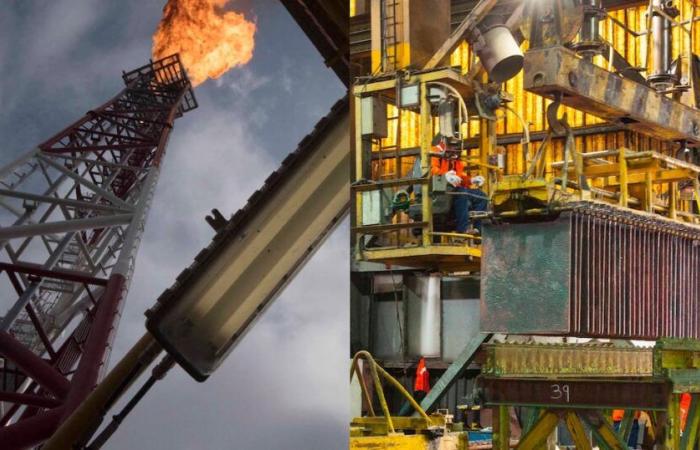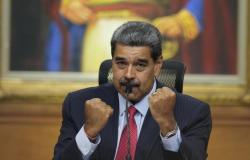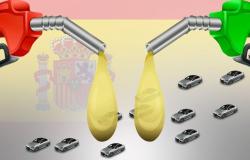Volatility. That is the word that the authorities and economists repeat the most when analyzing what is happening with the main economic variables that have direct implication with the growth of the country. It is that the commercial war maintains with strong uncertainty to the markets, considering that it is not known with certainty how it will opt, and, therefore, it is still not clear what impacts will have on the real economy.
One of them is about the terms of exchange and consequently in the activity of Chile. The exchange terms are defined as the difference between the price of exports of a country and the price of its imports. This relationship reflects the purchase capacity of domestic products sold abroad. To better terms of exchange, its effect is favorable in economic growth.
In that context, today the scenario is favorable for Chile. This, because The WTI oil barrel that is quoted in New York and which serves as a reference for our country opened the week registering a decrease of 1.96%, breaking the barrier of US $ 60 and quoting at US $ 57.15, due to the announcement of the OPEC weekend, of increasing its production. For its part, the Brent crude, reference for Europe, moderated its initial fall and managed to hold on the US$ 60, with a setback of 1.82%. Oil is the most relevant import for Chile, since it must bring more than 90% of what it consumes.
On the other hand, copper remains firm and with positive medium term perspectives. Friday closed and US $ 4.26 La Libra (this Monday was a holiday in London) and the three -month futures were traveled to US $ 4.70 La Libra.
In the case of Chile, these two variables are the main ones to estimate at what level the exchange terms will be located. For now a positive trend is maintained, experts explain, since oil weighs more than copper in such a balance. The country imports almost all of its crude oil consumption, while red metal represents around 50% of exports. This proportion makes the balance tilt in a favorable manner, since the commercial war factor is present.
Sergio Lehmann, chief economist of BCI, argues that “the terms of exchange are favored. The fall in the price of oil, before OPEC ads to increase its production, entails lower inflationary pressures and determines to compromise lower resources for an importing country of fuels such as ours”. In that scenario it indicates that “although copper could have an adjustment to the decline derived from less global growth associated with the commercial war, this would be limited.”
Juan Ortiz, an ECEC-UDP economist, adds that “the improvement in terms of exchange is positive for Chile being a country with a high level of commercial opening, since it generates greater income and therefore an impulse to the activity.” However, he points out that “this scenario is affected today by the commercial war and the perspectives of a lower growth of the GDP of commercial partners.”
And Tomas Flores, Economist of Lyd, points out that “during the last 30 days the price of copper has risen by about 9%, while Brent oil has fallen by 6%. Since crude oil imported by Chile is equivalent to about 50% of copper shipments, the terms of exchange have risen in about 12% in the last 30 days”. However, Flores calls not to draw definitive conclusions yet: “The high uncertainty generated by the commercial war can lead to gaining is faded in a few minutes, so it should be considered as something essentially transitory.”
The same vision delivers the Easre de Euroamerica, Felipe Alarcón, who indicates that “if the scenario remains, in particular for crude oil, the scenario is effectively more positive than negative.” But he adds that “assuming the above, and of course assume that the price of copper will remain stable is something daring under the current scenario of global uncertainty product of the commercial war.”
Given this context of global uncertainty, it is that experts claim that it is more prudent to maintain the projection delivered by the Central Bank in its latest March Monetary Policy Report (IPOM), which in any case has already improved its projection from a 0.5%drop, a 2.6%increase. By 2026 it also raised it from a 1%increase, to one of 2%.






